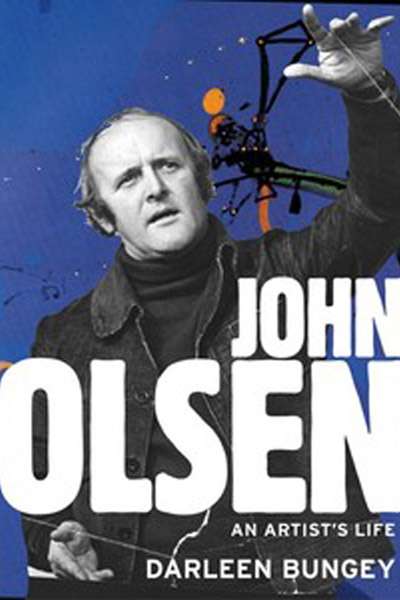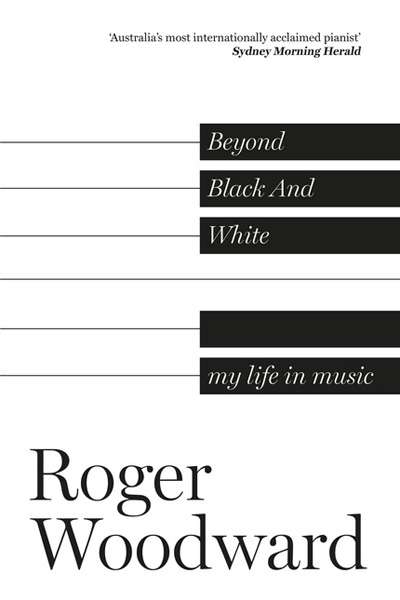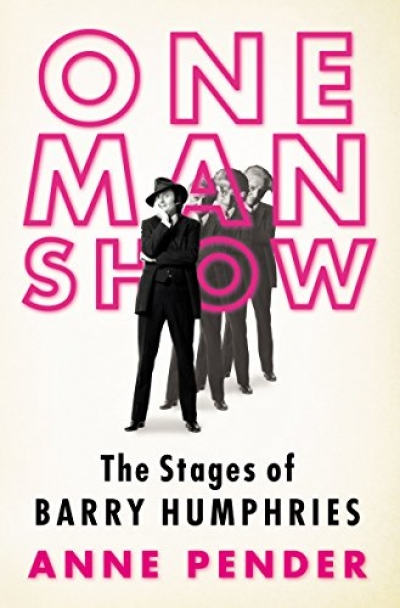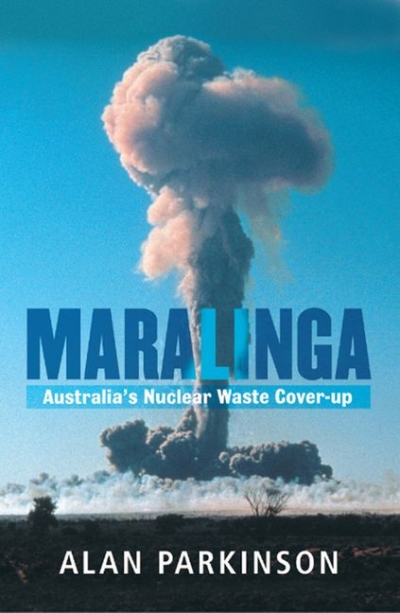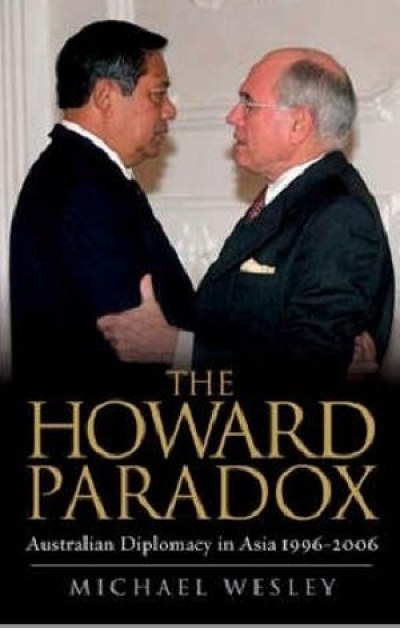ABC Books
The Quiet Revolution: Indigenous People and the Resources Boom (2012 Boyer Lectures) by Marcia Langton
by Tim Rowse •
One Man Show: The Stages of Barry Humphries by Anne Pender
by Ian Britain •
Boyer Lectures: A very Australian conversation by Peter Cosgrove
by Patrick Allington •
Ten Little Fingers and Ten Little Toes by Mem Fox, illustrated by Helen Oxenbury & Enigma by Graeme Base
Boycott: The story behind Australia’s controversial involvement in the 1980 Moscow Olympics by Lisa Forrest
by Brian Stoddart •
Maralinga: Australia’s nuclear waste cover-up by Alan Parkinson
by Wayne Reynolds •
The Howard Paradox: Australian diplomacy in Asia 1996–2006 by Michael Wesley
by Allan Gyngell •

